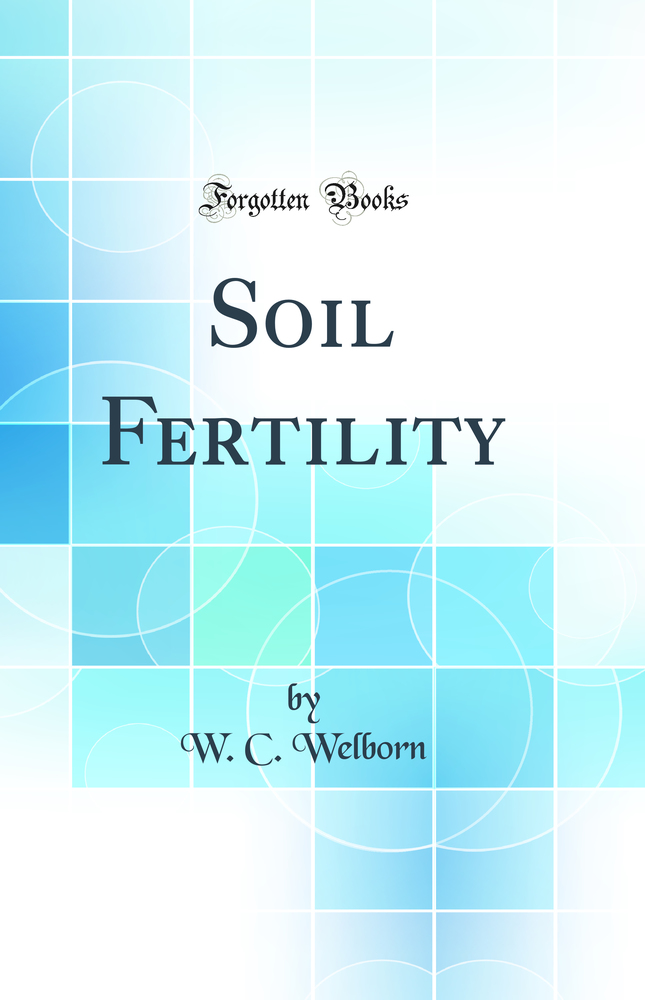Description
All plants are made up of substances taken from the earth and the air. The roots of plants absorb water from the moist soil, and with it some of the solid parts of the earth dissolved in the water. When a plant is burned, the ash remaining is composed mainly of what came from the earth during the growth of the plant.
Plants, after becoming dry, have generally from 1 to 10 per cent of ash. The other 90. To 99 parts were derived from the air. Practically half the weight of dry plants is derived directly from the air through the medium of the leaves. All plant leaves absorb carbonic-acid gas - the gas that is used to charge mineral waters. This gas is easily produced by pouring strong acid on limestone. It is produced in nature on a vast scale by the burning and rotting of wood and other vegetable substances. It is also given off from the lungs of animals. When the leaves of plants absorb carbonic-acid gas from the air, the plants use the carbon (convert ing it into solid tissue), and give off oxygen gas, pure as originally. Oxygen for breathing is necessary to the life of man and animals. It is thus seen that animals and plants are dependent upon each other for the breath of life.
This mutual dependence does not stop here. Animals must have certain salts which help to make up the solid parts of the earth, in order to live and grow. But man and animals can not digest stone or earth. These earthy salts must be taken into plants and be combined there into substances digestible and nourishing to animals.
Then, the manure of animals is a good food for plants. When animals die their bodies also add fertility to the earth.
That a farmer can not enrich the air with plant food so as to benefit his cr0ps is readily seen. This has been done successfully only in green houses, where the air can be controlled. All efforts in this direction must be mainly confined to adding plant food to the soil, or to improv ing the condition of the soil so that its own large stores of plant food may be more easily taken up by plants.
About the Publisher
Forgotten Books publishes hundreds of thousands of rare and classic books. Find more at www.forgottenbooks.com
This book is a reproduction of an important historical work. Forgotten Books uses state-of-the-art technology to digitally reconstruct the work, preserving the original format whilst repairing imperfections present in the aged copy. In rare cases, an imperfection in the original, such as a blemish or missing page, may be replicated in our edition. We do, however, repair the vast majority of imperfections successfully; any imperfections that remain are intentionally left to preserve the state of such historical works.
Details
Publisher - Forgotten Books
Language - English
Hardback
Contributors
Author
W. C. Welborn
Published Date -
ISBN - 9780266917571
Dimensions - 22.9 x 15.2 x 0.3 cm
Page Count - 44
Paperback
Contributors
Author
W. C. Welborn
Published Date -
ISBN - 9781527912519
Dimensions - 22.9 x 15.2 x 0.3 cm
Page Count - 46
Payment & Security
Your payment information is processed securely. We do not store credit card details nor have access to your credit card information.

